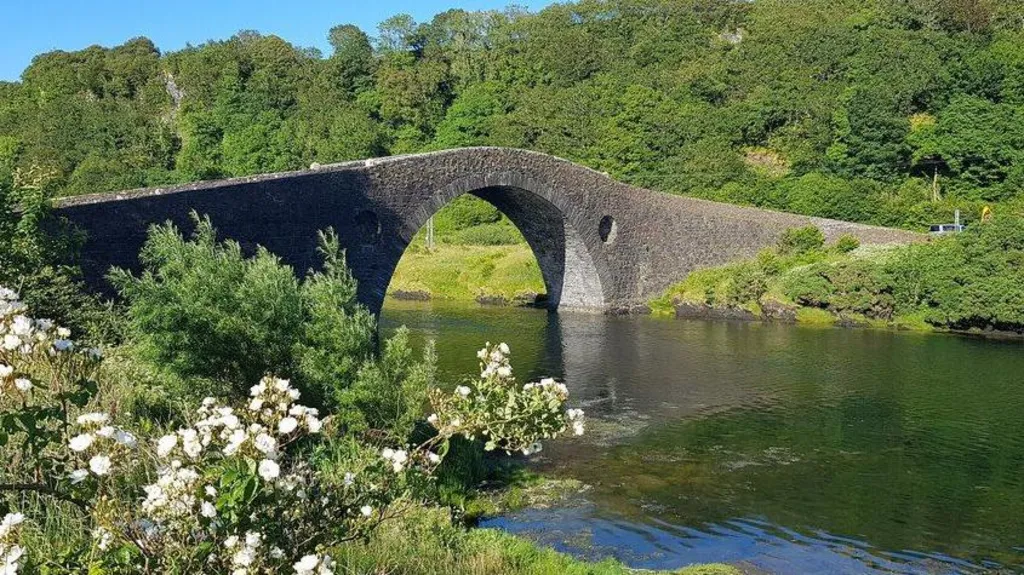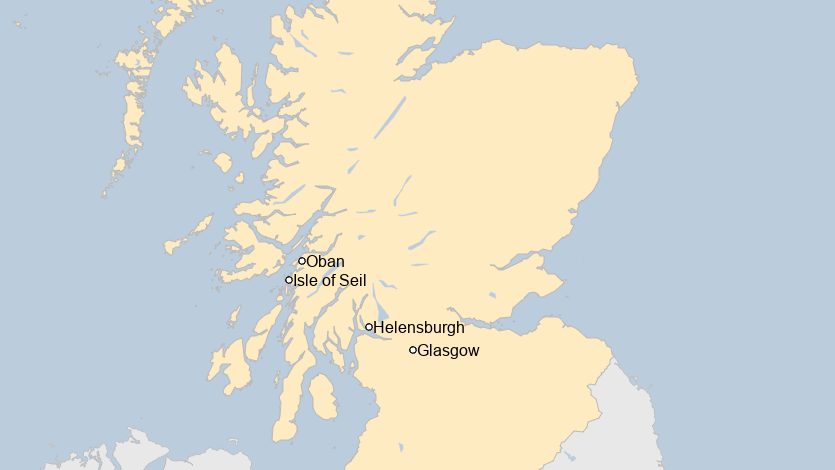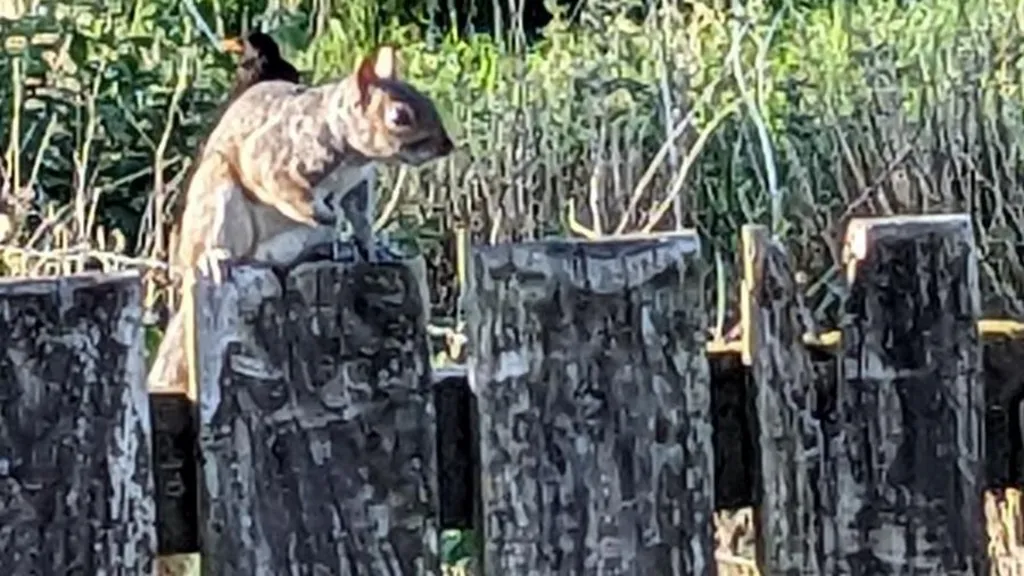Conservationists are sounding the alarm after a grey squirrel was spotted near Oban, a concerning development for wildlife enthusiasts and environmentalists alike. The appearance of this non-native species on the Isle of Seil, one of Argyll’s Slate Islands, has raised significant concerns due to its potential impact on the local ecosystem.
Grey squirrels, native to North America, are considered invasive in the UK, posing a serious threat to the survival of native red squirrels. Their competitive nature and ability to outcompete red squirrels for resources have led to drastic declines in red squirrel populations across the country.
What’s particularly puzzling about this recent sighting is the remote location of Seil Island, approximately 100 miles away from the nearest known grey squirrel population. The Saving Scotland’s Red Squirrels project is baffled by how the grey squirrel managed to reach this isolated area of Argyll, raising questions about potential avenues of introduction.
Despite being connected to the mainland by the Bridge of the Atlantic, grey squirrels have never been observed on Seil Island before. The sudden appearance of this invasive species underscores the importance of vigilant monitoring and conservation efforts to protect native wildlife from the threats posed by invasive species.
Conservationists are urging for heightened awareness and proactive measures to prevent further spread of grey squirrels and safeguard the delicate balance of Scotland’s natural ecosystems. As efforts continue to unravel the mystery of how the grey squirrel reached Seil Island, the need for collaborative action to protect native wildlife has never been more pressing.

The introduction of grey squirrels to the UK by the Victorians, initially as an “ornamental species” to adorn the gardens of stately homes, has had far-reaching consequences for native wildlife. While they may have been introduced with innocent intentions, these non-native squirrels have proven to be formidable competitors for resources, posing a significant threat to the survival of smaller red squirrels.
Grey squirrels have a knack for out-competing their red counterparts for food and habitat, leading to a decline in red squirrel populations across England, Wales, and large parts of Scotland. Their aggressive foraging behavior and adaptability give them a competitive edge, often resulting in the displacement of red squirrels from their native habitats.
Furthermore, grey squirrels are carriers of a virus known as squirrelpox, which is fatal to red squirrels but does not harm greys. The introduction of this virus by grey squirrels has exacerbated the decline of red squirrel populations, making their conservation efforts even more challenging.
Despite the ban on releasing grey squirrels in the UK since 1930, their population has continued to spread unabated, posing an ongoing threat to native wildlife. Efforts to control and manage grey squirrel populations remain a priority for conservationists, as they strive to protect the delicate balance of ecosystems and preserve the future of native species like the red squirrel.

Katie Berry, representing Saving Scotland’s Red Squirrels, expressed astonishment at the appearance of a grey squirrel in an area of Seil Island previously inhabited solely by red squirrels. Describing Seil as an “unusual location,” she emphasized the improbable nature of a grey squirrel’s presence in such a remote area.
Acknowledging the mystery surrounding the grey squirrel’s arrival, Ms. Berry highlighted the challenges in determining its origin. While it is difficult to ascertain the exact means by which the grey squirrel reached Seil Island, Ms. Berry speculated that it may have been transported to the area inadvertently.
Considering the remote and isolated nature of Seil Island, the sudden appearance of a grey squirrel raises questions about potential modes of transport that could have facilitated its journey. Whether it hitched a ride via some form of transportation or arrived through other means, the circumstances surrounding its arrival remain a subject of intrigue and investigation for conservationists.
As efforts continue to understand how the grey squirrel found its way to Seil Island, Saving Scotland’s Red Squirrels emphasizes the importance of remaining vigilant and proactive in protecting native wildlife from the threats posed by invasive species. Collaborative efforts and heightened awareness are essential to safeguarding the biodiversity and ecological integrity of Scotland’s natural landscapes.

